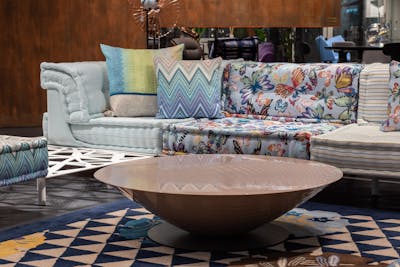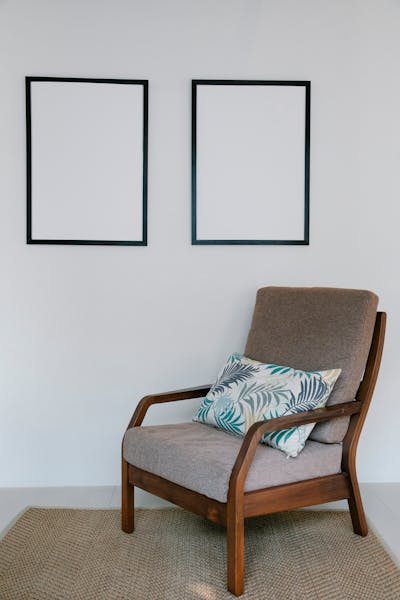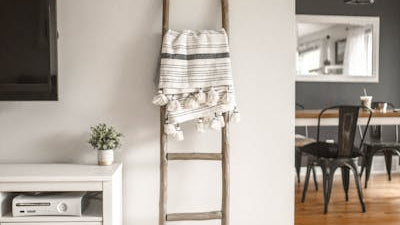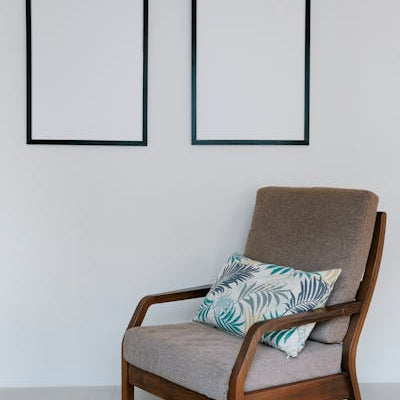The Art of Rug-Making: A Look Into the Craftsmanship

Rug-making is a time-honored tradition that embodies artistry, culture, and craftsmanship. Over the ages, it has evolved into a sophisticated craft, blending ancient techniques with contemporary designs. In this article, we will delve deep into the art of rug-making, exploring its history, techniques, and the exceptional craftsmanship that goes into creating beautiful pieces.
1. The Historical Significance of Rugs
Rugs have played a pivotal role in countless cultures throughout history. In many societies, they symbolize wealth and status. The earliest rugs can be traced back to the nomadic tribes of Central Asia, who created them for warmth and comfort in their homes. As these tribes settled, rug-making became more sophisticated, incorporating intricate designs and dyes from natural sources.

2. Different Types of Rugs
Rugs come in various types, each defined by its unique method of construction. Common types of rugs include hand-knotted, tufted, woven, and flatweave. Each type showcases different techniques, materials, and patterns that reflect the culture and tradition of its origin.
3. Materials Used in Rug-Making
The choice of materials is crucial in the rug-making process. Traditional rugs are often made from natural fibers such as wool, cotton, silk, or jute, which offer durability and comfort while enhancing the aesthetic appeal. Synthetic materials have emerged in modern rug-making, providing additional options for consumers who seek affordability and ease of maintenance.

4. The Art of Hand-Knotting
Hand-knotting is one of the most revered techniques in rug-making, requiring skill, patience, and artistry. Each knot is tied by hand, making it a labor-intensive process. Hand-knotted rugs have a distinct quality, featuring intricate patterns that often tell a story or reflect cultural symbols. This method is typically more expensive due to the time and craftsmanship involved.
5. Tufting Techniques
Tufting is another popular technique that has gained prominence in modern rug-making. Unlike hand-knotting, tufted rugs are created using a tool that punches yarn into a backing fabric. This method allows for quicker production while still providing a plush and comfortable surface. Tufted rugs are well-known for their creativity and variety in styles.

6. The Role of Design
Design plays a fundamental role in rug-making, with patterns and colors reflecting cultural narratives, historical events, and regional influences. Traditional designs often feature geometric patterns, floral motifs, and intricate borders, while modern rugs may incorporate minimalistic designs or abstract art. The selection of colors also impacts the emotional response to a rug, as vibrant colors can energize a space while softer hues may create a calm ambiance.
7. The Influence of Technology
As technology advances, the rug-making industry continues to evolve. Modern machines can replicate hand-knotted rugs, offering affordability without sacrificing design. While this innovation has increased accessibility to beautifully crafted rugs, the artistry and unique characteristics of handmade pieces remain unmatched, as each handmade rug carries the personal touch of its maker.

8. Preservation of Craftsmanship
As styles and trends change, the significance of craftsmanship in rug-making endures. Many artisans are dedicated to preserving traditional techniques passed down through generations. Workshops and initiatives to promote artisan craftsmanship play an essential role in maintaining the cultural heritage associated with rug-making.
9. Selecting the Right Rug for Your Space
Choosing the perfect rug for your home requires consideration of various factors such as size, style, and material. Handmade rugs often exhibit unique imperfections that contribute to their charm, making them ideal for those who appreciate artistry in design. It's crucial to select a rug that not only complements your decor but becomes a central piece that ties the room together.

10. Caring for Your Rug
Proper care and maintenance are vital to ensure the longevity of your rug, regardless of its type. Regular cleaning, avoiding prolonged exposure to sunlight, and promptly addressing spills can help maintain its beauty. It's recommended to seek professional cleaning for delicate materials, while smaller rugs may be safely cleaned at home.
Conclusion
The art of rug-making embodies a unique blend of culture, history, and craftsmanship. From the hands of skilled artisans to your home, rugs are not just decorative items—they are stories and traditions woven into fabric. By understanding the craft behind rug-making, you can appreciate the artistry that goes into each piece and choose a rug that not only beautifies your space but also speaks of rich cultural heritage.
Explore our stunning collection of handmade tufted rugs at ChillFuzz to find the perfect addition to your home!



